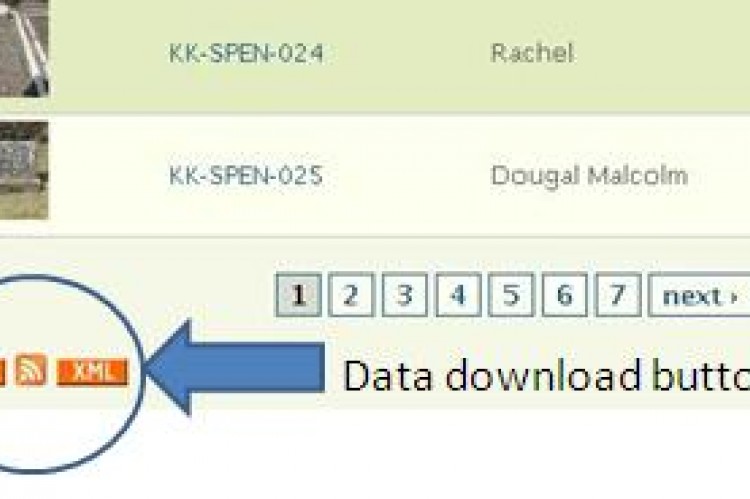This blog post is one of a series about people who have been working in historic graveyard research in Ireland. Previously we wrote about Dr. Jane Lyons (http://historicgraves.ie/blog/miscellanea/pioneers-irish-graveyard-recording-dr-jane-lyons) who pioneered publishing graveyard data to the internet while this post is about archaeologist Robert M Chapple.
When we train community groups to survey their historic graveyards the initial focus is on recording the grave memorials and their inscriptions. Our methodology is scientific and pragmatic, allowing a graveyard to be recorded over an extended period of time. The survey documents of thumbnail headstone images and sketch plans of memorial location allow recording teams to revisit and record individually numbered memorials.
When a graveyard has been fully recorded (full inscriptions, iconography, dimensions) we then aspire to use the recorded data as means to understand parish communities through time. We follow the lead of Robert Chapple in this matter as he clearly demonstrates the potential of graveyard recording projects for local history (http://rmchapple.blogspot.ie/2012/02/workingmans-dead-notes-on-some-17th-to.html). Robert started in historic graveyard recording in the 1990s and his keen field archaeologist's eye, independent mind and long experience makes each of his articles (http://independent.academia.edu/RobertMChapple/Books/389528/The_church_of_prayers_gravestone_inscriptions_from_the_church_of_Killora_Craughwell_Co._Galway and http://independent.academia.edu/RobertMChapple/Papers/389515/A_Statistical_Analysis_and_Preliminary_Classification_of_Gravestones_from_Craughwell_Co._Galway) a must-read for anybody taking up graveyard recording.
Each community group which records their own historic graveyard are building a database of which they have complete ownership and access for the fascinating analysis of the type used by Robert. The community editor can use the xml/xls buttons on each graveyard record webpage to download their own datasets and these are the same tools we use to share the datasets with our project partners such as Leader Partnerships and County Councils.



